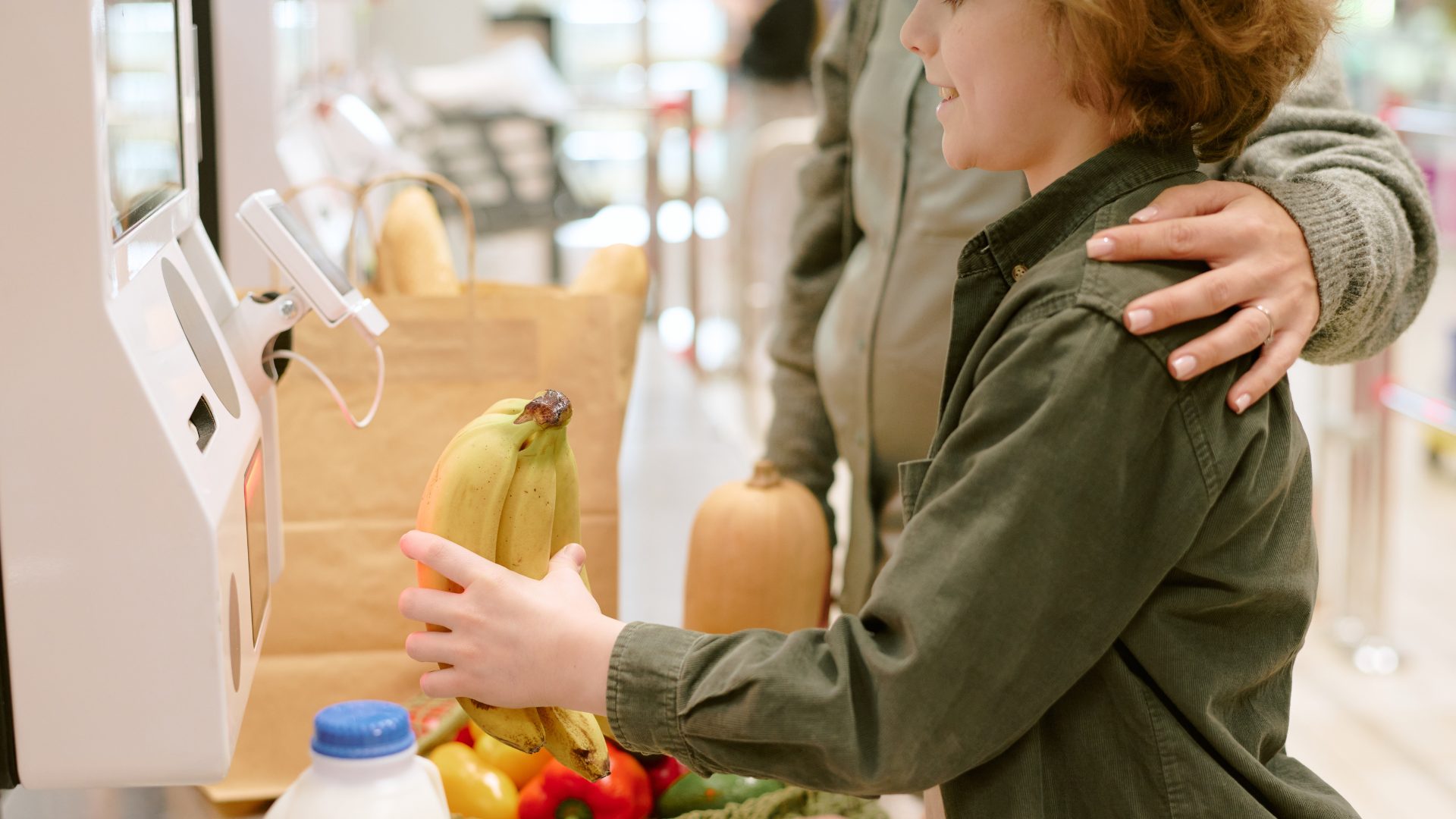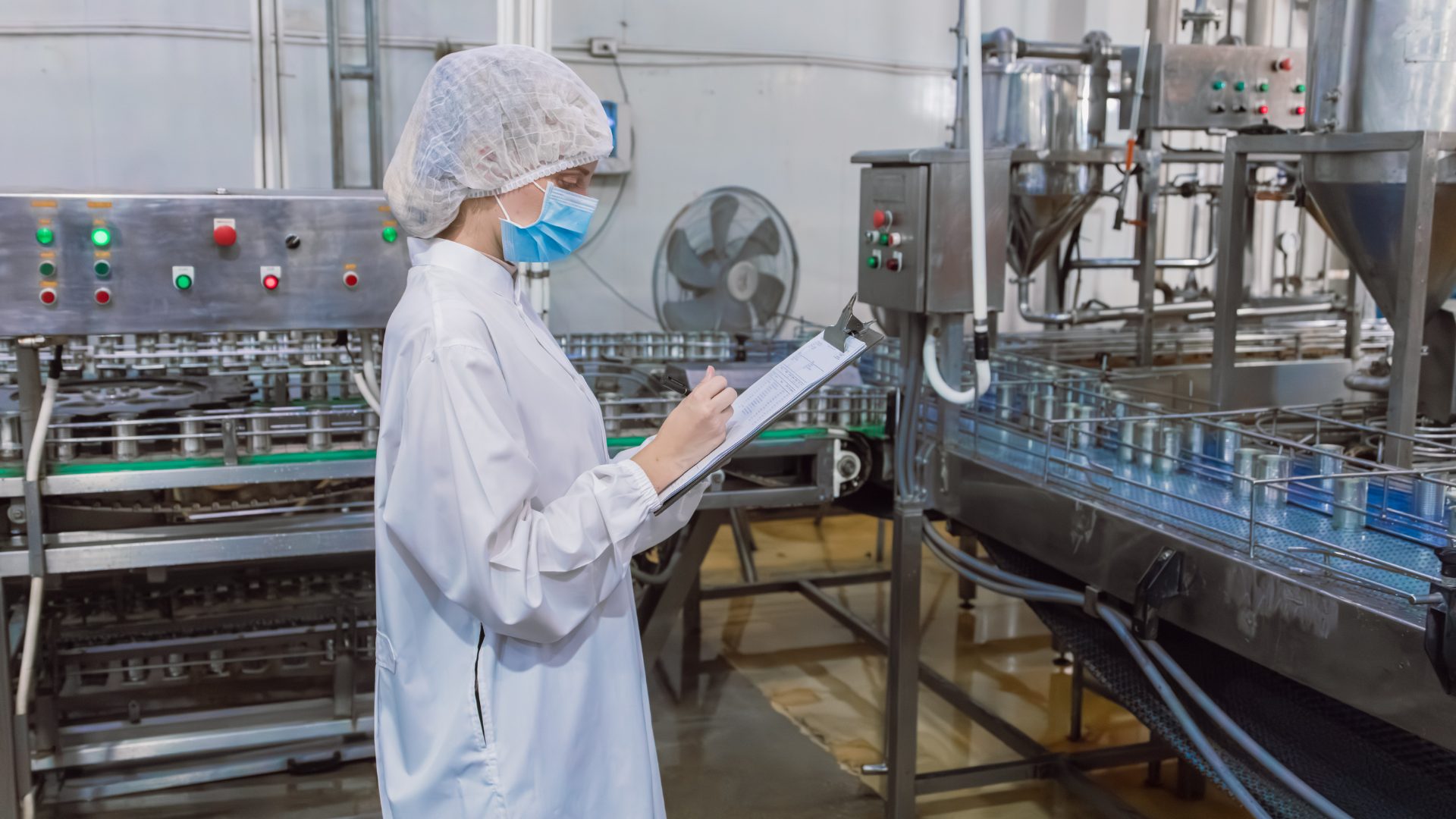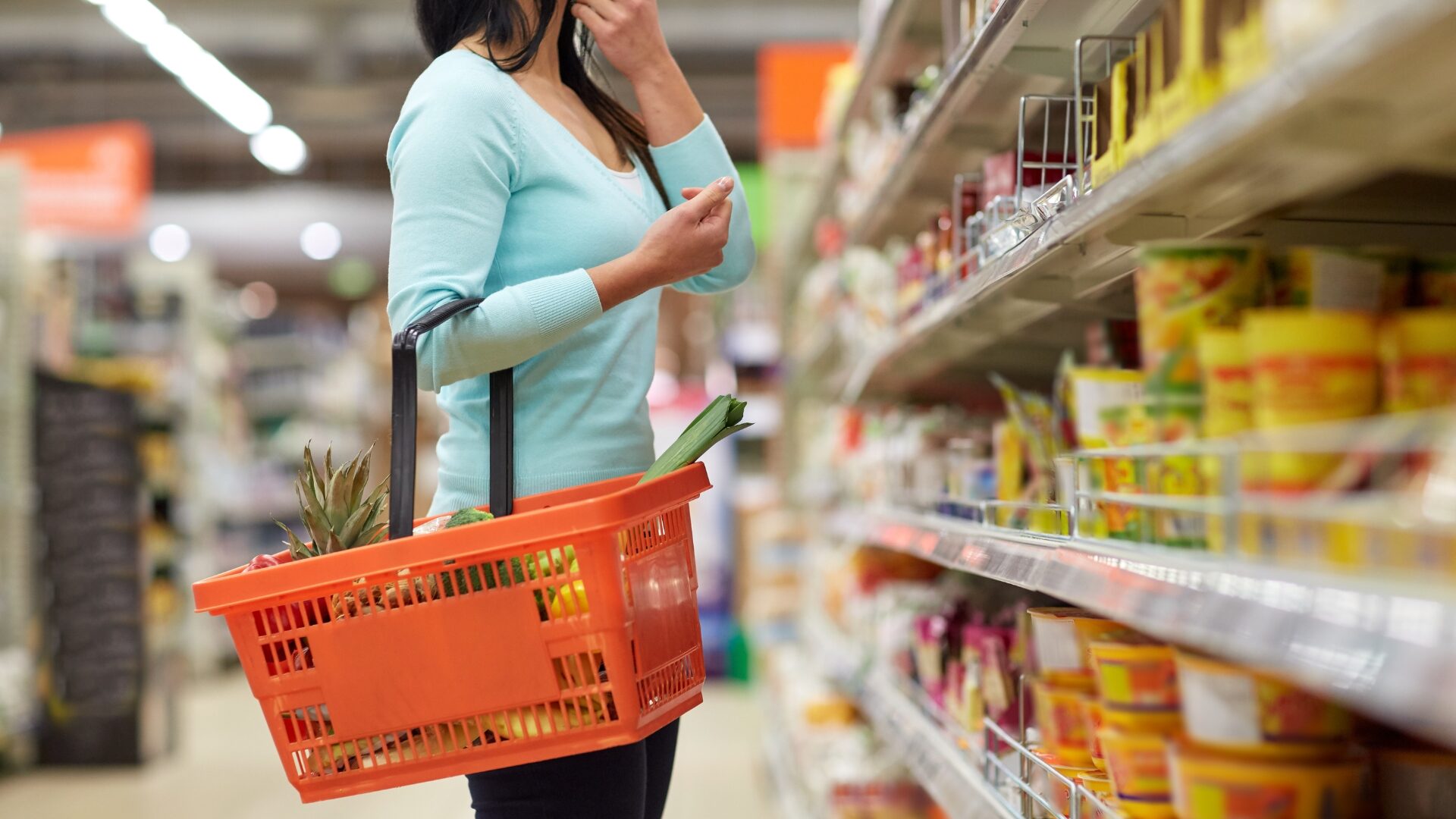NEW YORK CITY – Key stakeholders from the North American food industry gathered in New York City May 14-15 for the annual 2025 BMO Global Farm to Market Conference.
Held at the Intercontinental New York Barclay, the 20th iteration of the event included presentations covering the state of tariffs, farm-level trends, agricultural inputs, and livestock updates.
Let’s dive into the top trends on display at the show.
Tariff Trouble: What it Means for Brands, Retailers
On the tip of industry leaders’ tongues across myriad conversations, tariffs guided growth strategies. However, panelists were overall unfazed by their implications.
Girish Satya, CFO and principal accounting officer of better-for-you soda brand Zevia, said the company’s 40%+ gross margin guidance is likely to stay on target, even if tariffs affecting aluminum packaging go through. He cited multiple levers to drive optimization for the brand, including reduced SKUs, optimizing product formulation, and inventory management innovations.
Other CPGs echoed an approach to tariff-related cost management through organizational optimization.
Even for brands that deal largely with imported items, such as distributor Chefs’ Warehouse, CEO Chris Pappas believes his customers will exhibit persistence despite elevated prices.
“We will always import olive oil and French cheeses, for example, and 10% [tariffs] are not going to change much. If an entrée goes from $37 to $39 because of an [affected] ingredient, people will still pay it,” Pappas said.
“You will always remember a bad steak or pasta more than two extra dollars.”
The tariff conversation is inescapable, however. Primo Brands CEO and director Robbert Rietbroek explained that its entire water portfolio is insulated from tariff stress because the product’s glass bottles are blown domestically, and nearly all its water is sourced from the U.S. Despite this, the brand observes how tariff conversations continue to give retail partners pause.
The conservative retail approach makes sense, considering how proposed tariffs affect many operations areas.
Kroger EVP and CFO David Kennerly said that the brand’s biggest tariff exposure is from building materials rather than “factors that hit P&Ls” such as fresh produce imports.
EVP and chief merchant and marketing officer Mary Ellen Adcock noted how consumer behavior so far has been resilient, and Kroger can continue to offer low prices because much of its imported inventory is already in the U.S.
Internationally, Richard Dufresne, CFO of discount retail chain Loblaw, noted that Canadians’ concerns over tariffs have compelled them to shop at more of the chain’s discount retail banners while also devoting a larger share of basket to private label products.
“U.S. products represent 10% of COGS. It’s significant, but not material,” said Dufresne. “We have worked to divert sourcing to other areas.”
The retailer is also making it easier to “buy Canadian” to shield consumers from inflated pricing.
Keying in on Agricultural Inputs
Bill Krueger, president and CEO of The Andersons, a North America commodity trading company, noted that demand for fertilizers was high in both the Eastern and Western portions of the U.S. He noted most farmers were holding on despite higher equipment costs and rising prices.
Krueger added that the wheat and corn markets were relatively stable, although Western corn growers were contending with a lower-than-normal national cattle herd which was lowering demand to an extent.
That said, many panelists across the two-day event predicted the U.S. would have 95 million acres of corn planted this year, with some of the 2024 crop being held in grain elevators across the nation.
Monish Patolawala, executive vice president and CFO for Acher Daniels Midland (ADM), noted that global demand was ever-present, and that the company was ready to take advantage of those trade flows due to its worldwide footprint. He also noted that in the animal nutrition business, there was demand for specialty feed pre-mixes.
Chris Cuddy, senior vice president and president of carbohydrate solutions for ADM, noted that regenerative agriculture was a key demand from stakeholders and would continue to work to improve their capabilities in this sector. Cuddy noted demand was a bit weaker in the first quarter, but its plants were operating at a higher capacity when compared to a year before.
Randall Stuewe, CEO of Darling Ingredients, noted that he expected some coming relief for farmers across the nation. However, $10.00 soybeans and $4.00 corn prices still had to come up.
He also noted there was plenty of vegetable oil available in the U.S. to help meet both domestic and international demand.
Insights on Animal Proteins
The egg sector has seen its fair share of challenges due to highly pathogenic avian influenza (HPAI) over the past two years, and although nothing was certain, it appeared the U.S. was currently in a recovery phase.
Sherman Miller, president and CEO of egg producer Cal-Maine, noted that 130 million laying hens had been depopulated since 2022. He was hopeful that the national flock could rise again to 310 million egg-laying hens in 2026, but that was contingent on the virus not returning.
And although the virus was not currently spreading in the U.S., it was still spreading in Asia and Europe, and in Miller’s view, this indicated it would likely return to the U.S. He pointed to 2015 when these same foreign indicators appeared before the virus was carried to the U.S.
In a panel discussion, Janine Sekulic, BMO Commercial Bank’s U.S. Agribusiness co-head, said that livestock producers were seeing high margins due to a lowered national cattle herd.
Brad Guse, director of production agriculture for BMO Commercial Bank, noted: “that which grows was struggling while that what eats is strong.” Executives in Canada reported similar trends for that region.
Pilgrim’s Pride president and CEO Fabio Sandri noted that chicken breast prices had been rising about 10 cents per week for approximately 2 months. He said the price differential between chicken and price was part of this increase – demand was rising for chicken among consumers who saw it as a value protein.
However, on the foodservice side, menu penetration was on the rise. Foodservice operators have been using chicken for promotions. They predicted retail prices would continue to rise.
Fertilizer, Chemical, and Equipment Updates
Across a series of presentations from CF Industries, FMC, and Nutrien, it was noted that supply for nitrogen and phosphate was challenged, which was pushing up price. That said, supply for phosphate was level, but demand was driving price increases for this fertilizer, as well.
Jason Omerza, VP of Investor Relations at CNH, noted that although farmer confidence was on the rise, it had not yet translated into new equipment purchases. He said these would likely rise as farm incomes increase.
That said, the repair market was strong as farmers worked to keep their existing equipment running while working through the 2025 season.
The Food Institute Podcast
It’s tariff time, and companies the world over are working to better understand how their operations will be impacted. Jodi Ader from RSM US LLP joined The Food Institute Podcast to discuss which products and inputs are currently subject to tariffs, and how to best mitigate supply chain risks.










